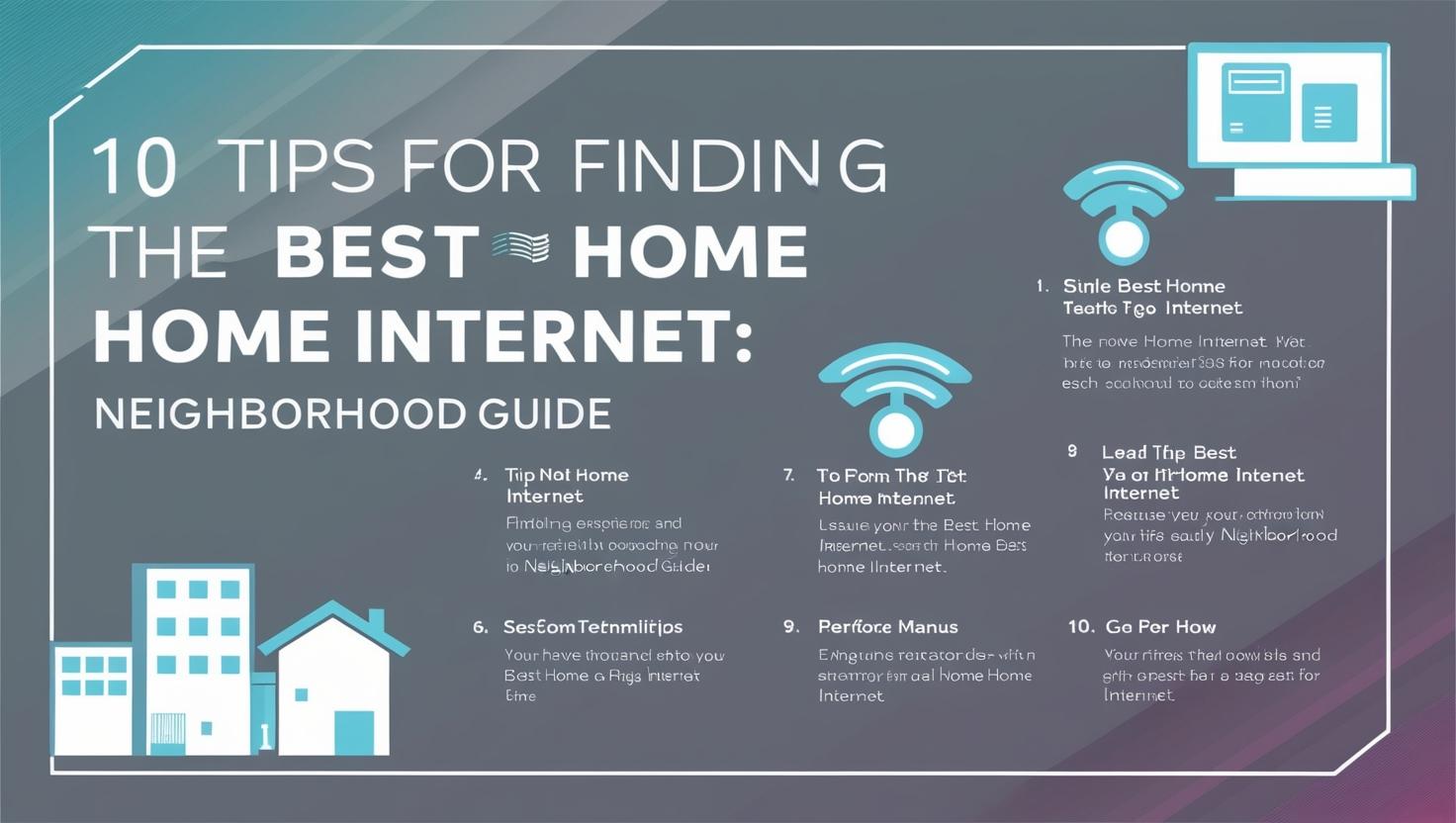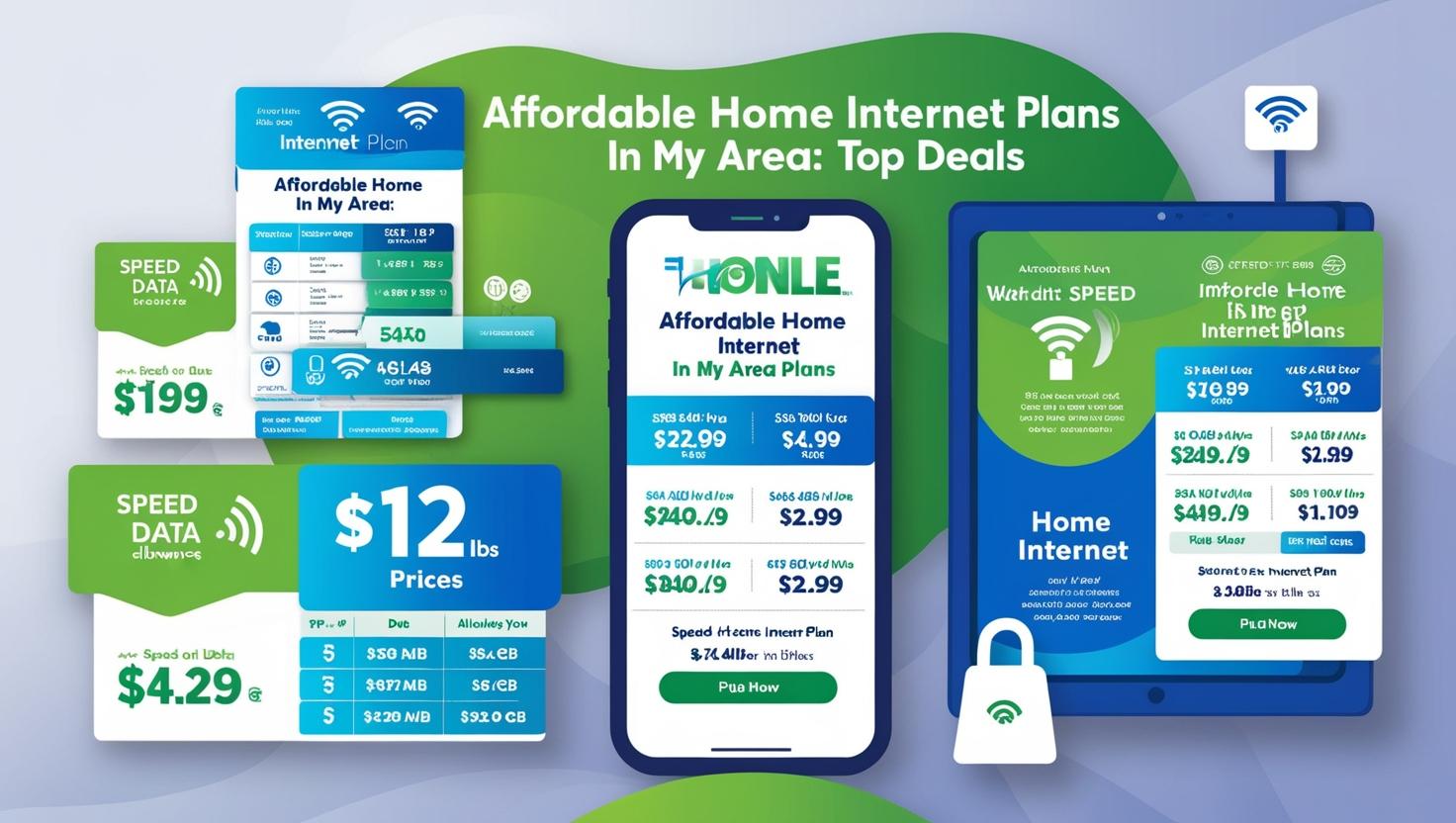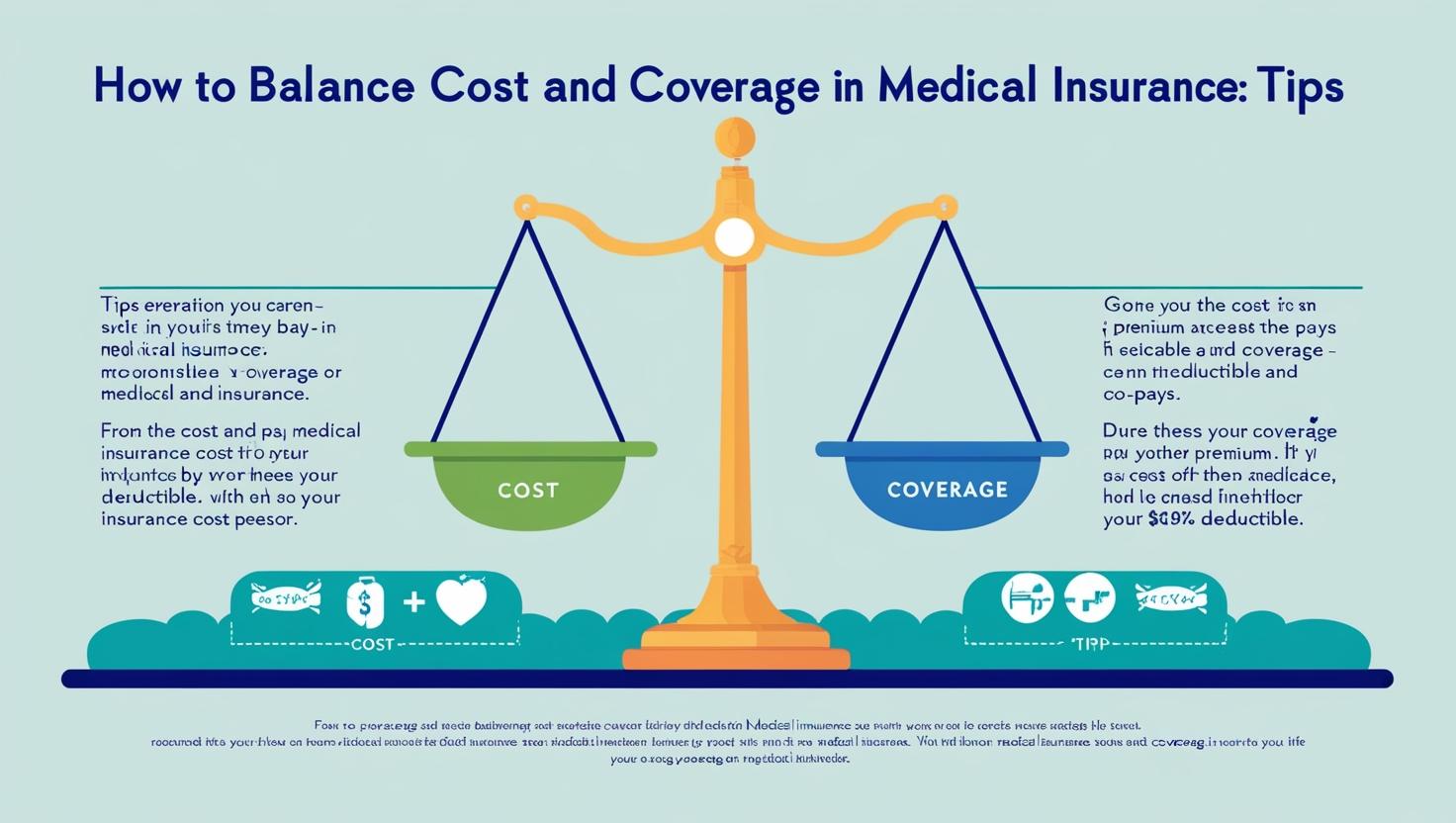4K TV Purchasing Information
There’s never ever been a greater time for you to acquire a brand new Television. Advancements in technology imply there is hardly a poor set around, even though prices are also at all-time lows. You have in no way been capable to acquire such good image excellent for as little funds as today. At the exact same time, it seems like there are hundreds of high-priced, high-end TVs out there. With lots of TVs accessible, how do you decide? This Tv Getting Guide will help you comprehend the variations involving LED and OLED, 4K and 1080p, and all the other significant traits of modern day televisions you are going to have to have to understand when generating your acquire.
Varieties
The initial selection you will need to create is what form of tv to get. As recently as a couple of years ago, you might have necessary to decide on among Plasma, LCD, LED, DLP and rear-projection TVs. Nowadays, that option is actually a small less complicated, due to the fact virtually all TVs sold will be the exact same form: LED-lit LCD TVs, commonly known as LED TVs.
LED
Whilst LCD and LED TVs are generally billed as separate technologies, they each create their image the same way, having a Liquid Crystal Show.
A Liquid Crystal Display is a thin, translucent panel produced of millions of tiny cells identified as pixels filled with liquid crystal. Each and every from the pixels can alter in opacity when a charge is applied. Red, blue and green colored filters give each pixel the ability to also make color. When light passes through the pixels from behind, you get the developing blocks of a visible image.
The primary distinction in between LCD TVs and LED TVs is the fact that LCD TVs made use of fluorescent lamps to supply their backlighting, when LED TVs use, as you could have guessed, LED lamps. LEDs are a lot smaller sized than fluorescent lamps, so the Tv may be produced a great deal thinner. They also use a little less energy, so LED TVs are extra power effective.
But finest of all LEDs, can execute one thing that fluorescent backlights could not, a function identified as local dimming. This can be the act of turning off some of the backlights throughout scenes with higher contrast (i.e. each quite dark places and very vibrant spots within the identical scene) so the brights is usually brighter along with the dark parts can be darker. LCD TVs couldn’t turn off any of their backlight, which gave them a reputation for blacks that had been closer to grey, and an general less-contrasty image. Nearby dimming gives LED TVs a far more intense image with superior contrast and colour, leading to a image that just looks superior.
When they debuted, LED TVs had been a lot more high priced than LCD TVs. Since then, the technology in LED TVs has come down in price to the point that you’ll find no longer any positive aspects to utilizing fluorescent backlights, and these days only LED TVs are still obtainable to buy.
OLED
The other kind of Tv accessible right now will be the OLED Television. OLED (Organic Light Emitting Diode) TVs are similar to LED TVs, with one particular major difference. Every single individual pixel is in a position to make light itself, in addition to colour and opacity. This suggests that manufacturers can do away with the backlights altogether, which add weight and thickness towards the Television, so OLED TVs might be made just millimeters thick. Additionally, because brightness is often controlled in the pixel level, OLED TVs have substantially better brightness, contrast and color saturation than something in the marketplace. To put it merely: OLED TVs produce the best-looking, most vivid picture of any television at the moment accessible. Nevertheless, they are nevertheless much more pricey than LED TVs, which is their principal drawback.
Size
I recommend a size of at least 32 inches to get a bedroom Television and at least 50 inches for any living room or principal Television — and 60 inches or larger is finest. If you’re replacing an existing Tv set, those sizes may possibly seem too huge (tube televisions had a typical maximum size of 36 inches) but trust me, a major Tv is usually a wonderful thing.
In fact, more than any other “feature” like 4K resolution, Smart Tv, or higher refresh rates, stepping up in Tv screen size is definitely the most effective use of your funds. One from the most common post-TV-purchase complaints I’ve heard is from people who didn’t go massive enough.
The upper limit will be determined by your budget, taste, and by the space where you want to put the Tv. If you want to fit an existing entertainment center, make sure you may have at least an inch on the sides and top of your Tv cavity to allow for ventilation. Or just junk that old furniture and get a bigger Television.
Resolution
Resolution describes the sharpness from the Television picture, generally in terms of horizontal lines of pixels. A bargain HD set may support only 720p, which suggests the set displays 720 lines scanned progressively (or in a single pass). Most HDTVs now – plus the ones you should consider – support the 1080p HD format, also called Full HD, which has 1,080 lines of resolution. Even inside the smallest Television sizes, we recommend avoiding 720p models.
Television makers are rapidly shifting over from HDTVs to Ultra HD sets (also called 4K). These 4K models have four occasions the amount of pixels as current HDTV screens. The biggest benefit of 4K TVs is the fact that small objects around the screen have a lot more detail, including sharper text. General, images appear richer and a lot more lifelike than on an HDTV, but the benefits might be subtle.
Ultra HD video looks great, if you can find it – you will find no 4K broadcast or cable channels, and there’s only a handful of streaming options accessible so far (most notably, a handful of programs from Netflix, rentals from Amazon and specialty services such as UltraFlix; Dish Network and DirecTV are rolling out 4K download services). Though Ultra HD sets can upscale existing HD content, the results could be mixed and do not look as sharp as original 4K programming.
For now, 4K TVs (with 2,160 horizontal lines, or 3840 x 2160 pixels) are most effective if you want to sit closer to your Tv: You can get twice as close as compared to an HDTV before you see the grid of pixels. But again, you will discover extremely couple of movies and shows out there within the 4K format, so you will practically exclusively be watching upscaled HD content for some time for you to come.
With those provisos, Ultra HD Television models are supplanting conventional HDTVs. Vizio, for example, has only 1 HDTV line left in its new 2015 model lineup. And rates are coming down: Vizio’s 65-inch P-Series Ultra HD is just $1,800.
If you are trying to make a decision, just remember that full HD 1080p is still the most common screen resolution nowadays, but 4K is usually a good idea if you want to futureproof your investment.
If you have any questions relating to in which and how to use OLED TV, you can make contact with us at our own internet site.






























